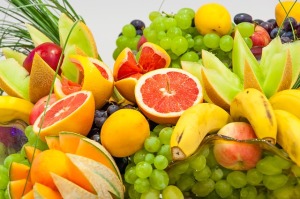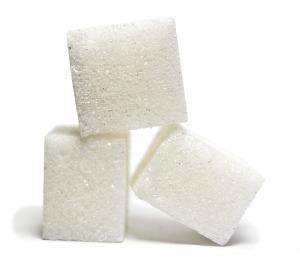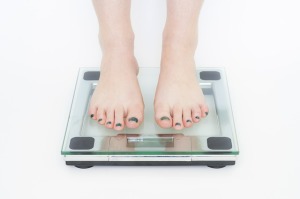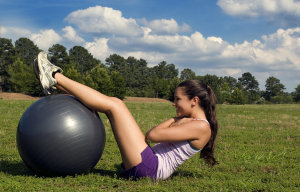 “An ounce of prevention is worth a pound of cure,” is as true today as it was when we heard our grandparents say it. In 2015, Americans should know that what we eat, drink and how much we exercise have a profound effect on our health and well-being. Exposure to harmful, cancer-causing chemicals in our personal care products, cosmetics, cleaning agents and foods is raising our risk for cancer. And our children are most vulnerable to the effects of diet, exercise, and environmental toxins, and will predict their future health outcomes.
“An ounce of prevention is worth a pound of cure,” is as true today as it was when we heard our grandparents say it. In 2015, Americans should know that what we eat, drink and how much we exercise have a profound effect on our health and well-being. Exposure to harmful, cancer-causing chemicals in our personal care products, cosmetics, cleaning agents and foods is raising our risk for cancer. And our children are most vulnerable to the effects of diet, exercise, and environmental toxins, and will predict their future health outcomes.
As a physician, I recognize that we all have an opportunity to enhance our health, and reduce our cancer risk. That is why I became involved with Less Cancer, a not-for-profit organization founded by Bill Couzens that is dedicated to the reduction of cancer risk.
As author of A World Without Cancer, and a board member of Less Cancer, I understand that the special event we’ve planned for February 4th, National Cancer Prevention Day, is necessary to raise awareness and motivate people in all walks of life to do more to prevent cancer. Less Cancer’s event on Capitol Hill will welcome public health and public policy leaders, university students, cancer prevention advocates, legislators and more. I am honored to serve as moderator for the panel discussion, and look forward to a lively exchange of information and insights.
There is so much we can do right now to reduce our cancer risk. Over 50 percent of all cancer is preventable by applying what we know right now. Attention to diet, exercise, avoiding or at least limiting alcohol, ending smoking, protecting our skin from the sun and avoiding stress are important to live healthier lives, with lower cancer risk.
Our children are our future. A critical time of growth and development occurs from childhood to adolescence, when we can improve our children’s health, and reduce their cancer risk. Nutritious meals, including lunch in school, and daily physical exercise, are essential for children and adolescents.
Continue reading…
 Diets high in fat and low in carbohydrates, such as the ketogenic or modified Atkins diet, may reduce seizures in adults with tough-to-treat epilepsy, according to a review of the research published in the October 29, 2014, online issue ofNeurology®, the medical journal of the American Academy of Neurology.
Diets high in fat and low in carbohydrates, such as the ketogenic or modified Atkins diet, may reduce seizures in adults with tough-to-treat epilepsy, according to a review of the research published in the October 29, 2014, online issue ofNeurology®, the medical journal of the American Academy of Neurology.









